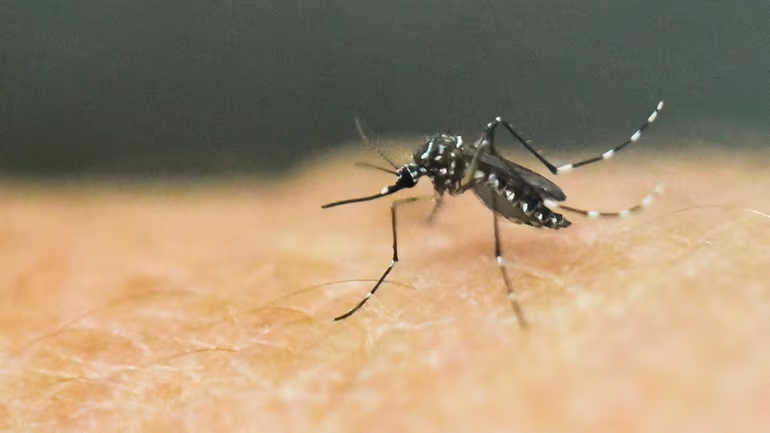New York health authorities have confirmed the state’s first locally acquired case of the chikungunya virus in over six years. The patient lives in Nassau County on Long Island and first showed symptoms in August, after traveling within the United States but not abroad. Officials believe a mosquito bite led to infection, though they emphasize the precise source remains unknown.
Details of the Case and Investigation
The individual experienced fever, joint pain, headache, and rash, which are symptoms consistent with chikungunya. Health officials stress that they found no evidence of ongoing transmission in local mosquito populations. Mosquito samples from the region tested negative so far, and investigators have not confirmed spread beyond this case.
This confirmed case differs from earlier New York chikungunya cases in 2025, all of which were linked to international travel to regions where the virus is common. This new case likely marks the first non-travel associated transmission in the state during this outbreak.
Understanding Chikungunya: Transmission, Symptoms, and Risks
Chikungunya spreads through the bites of infected mosquitoes, primarily Aedes aegypti and Aedes albopictus. It cannot pass directly from person to person. Symptoms often begin three to seven days after infection and include fever, severe joint pain, muscle aches, rash, headache, and joint swelling. Most patients recover within a week, though newborns, older adults, and people with underlying health conditions may face greater risk of complications.
Since mosquito activity declines in cooler fall temperatures, the health department states that the current risk of further transmission is very low. Other mosquito-borne diseases, like West Nile virus and Eastern Equine Encephalitis, remain concerns in the region.
Public Health Response and Precautions
State and local health agencies are monitoring the situation closely. They have not detected the virus in local mosquito pools, and they see no signs of clusters or outbreaks.
Officials urge residents to reduce mosquito bites. Suggested measures include wearing long sleeves and pants, using EPA-registered insect repellent, ensuring window and door screens are intact, and eliminating standing water where mosquitoes breed.
Because chikungunya is a reportable disease in the U.S., health providers must notify public health agencies of suspected cases.
Conclusion
New York’s confirmation of a locally acquired chikungunya case signals a rare but serious warning. While this instance appears isolated and the chance of further spread remains low, the case underscores the importance of vigilance against mosquito-borne illnesses. Residents should take basic precautions and stay informed. Health agencies will continue surveillance and invest in mosquito control to prevent any resurgence.
Bonus Read: Community Mourns 16 Lost in Tennessee Plant Blast




2 thoughts on “New York Reports First Locally Acquired Chikungunya Case in Years”